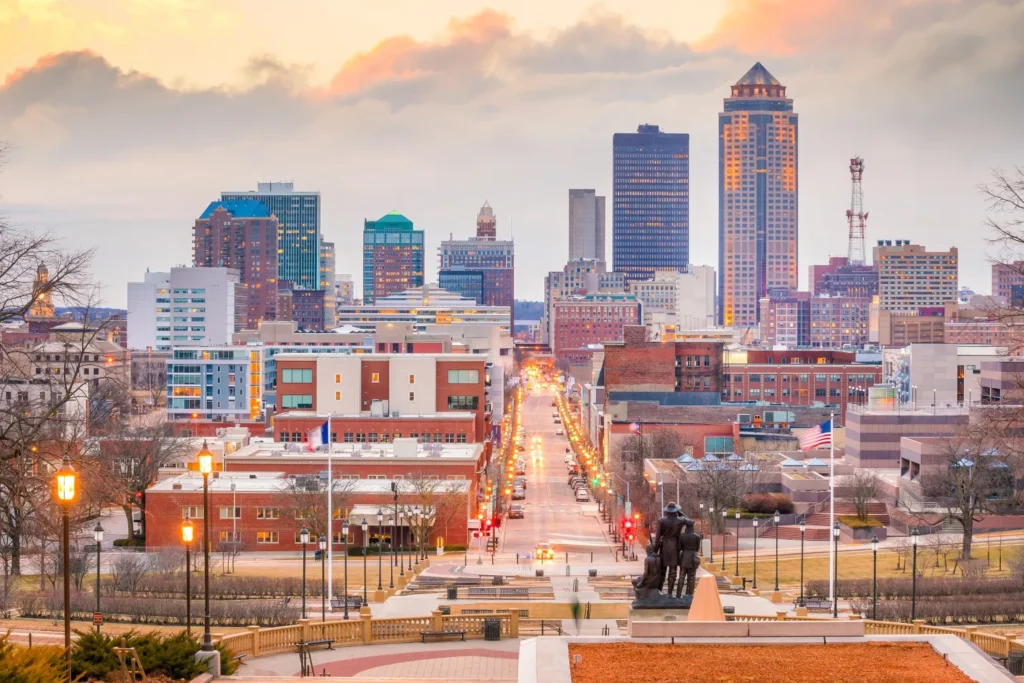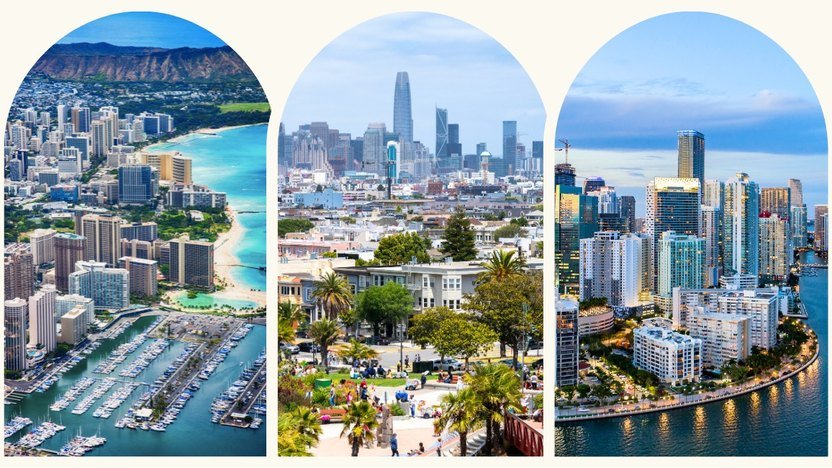
The commercial real estate market, particularly in urban downtowns, has undergone a seismic shift in the aftermath of the COVID-19 pandemic. As businesses adapted to remote work and evolving consumer behavior, downtown areas that once thrived on bustling office activity and vibrant street life faced unprecedented challenges. These challenges, however, have also created opportunities for innovation, revitalization, and a reimagining of the urban landscape.
In this transformed world, analyzing commercial real estate trends in post-COVID downtowns has become crucial for investors, developers, and city planners alike. Understanding these shifts allows stakeholders to make informed decisions, capitalize on emerging opportunities, and contribute to the reinvention of urban spaces. This article delves deep into these trends, offering insights into the changing dynamics, benefits of adaptation, and the future outlook for downtown real estate.
As we explore the post-pandemic reality, it becomes clear that the commercial real estate sector is more resilient and adaptive than ever. From hybrid work models to mixed-use developments, the new trends highlight both challenges and exciting prospects. Let’s examine these factors in depth and consider their implications for downtown revitalization and economic growth.
The Impact of COVID-19 on Downtown Real Estate
The pandemic acted as a catalyst for dramatic changes in downtown commercial real estate. Below, we break down the key areas of impact:
- Shift to Remote Work:
- With widespread adoption of remote and hybrid work models, demand for traditional office space in downtown areas declined significantly. Major corporations downsized or restructured their office footprints.
- Vacancy rates in office buildings surged, leading to downward pressure on rental rates and property values.
- Retail Challenges:
- Downtown retail, reliant on office workers and tourists, faced sharp declines in foot traffic. Many businesses closed permanently, leaving storefronts vacant.
- E-commerce accelerated, further reducing demand for physical retail space.
- Migration Patterns:
- Urban centers experienced an exodus as individuals sought more spacious and affordable living arrangements in suburban or rural areas. This shift impacted downtown residential and mixed-use developments.
- Hospitality Sector Decline:
- Hotels and event spaces in downtown areas were particularly hard-hit, with occupancy rates plummeting and revenues declining sharply.
Emerging Trends in Post-COVID Downtown Real Estate
As cities adapt to the new normal, several key trends are shaping the future of downtown commercial real estate:
1. Hybrid Work and Flex Spaces
The rise of hybrid work models has driven demand for flexible office solutions. Co-working spaces and adaptable office layouts have become essential as businesses seek to provide employees with collaborative environments without committing to traditional long-term leases.
Benefits:
- Flex spaces cater to a diverse range of tenants.
- Increased agility for businesses adapting to market conditions.
- Potential for higher occupancy rates compared to traditional offices.
2. Mixed-Use Developments
Mixed-use properties that combine residential, commercial, and recreational spaces are gaining traction. These developments create dynamic, self-sustaining communities that reduce reliance on office-centric downtown economies.
Examples:
- Live-work-play communities integrating housing, retail, and cultural amenities.
- Converting vacant office buildings into residential units.
3. Sustainable and Smart Building Technologies
Post-pandemic, there is greater emphasis on sustainability and health-focused building designs. Features like touchless technology, improved ventilation systems, and energy-efficient designs are becoming standard.
| Feature | Description | Benefit |
|---|---|---|
| Touchless Technology | Automated doors, elevators, and faucets | Reduces physical contact and enhances safety |
| Energy Efficiency | Solar panels, LED lighting, and green roofs | Lowers operational costs and carbon footprint |
| Enhanced Ventilation | Advanced HVAC systems | Improves indoor air quality and occupant health |
4. Downtown Revitalization Initiatives
Cities are investing in public spaces, transportation infrastructure, and cultural amenities to attract residents and businesses back to downtown areas.
Key Strategies:
- Pedestrian-friendly streetscapes.
- Outdoor dining and entertainment options.
- Public-private partnerships for redevelopment projects.
5. Growth in Life Sciences and Tech Hubs
Downtown areas are becoming centers for specialized industries like life sciences and technology. These sectors have demonstrated resilience and growth potential, driving demand for specialized lab spaces and innovation hubs.
The Benefits of Adapting to New Trends
Adapting to these emerging trends offers numerous advantages for investors, developers, and communities:
- Economic Resilience:
- Diversified downtown economies are less vulnerable to single-sector disruptions, ensuring long-term stability.
- Increased Property Values:
- Mixed-use and sustainable developments can attract higher rents and stronger tenant demand, boosting property valuations.
- Enhanced Quality of Life:
- Revitalized downtowns with cultural, recreational, and green spaces improve the living and working experience, attracting talent and fostering community engagement.
- Attracting Investment:
- Forward-thinking projects draw institutional investors and private capital, fueling further growth and development.
Challenges to Overcome
Despite the opportunities, significant challenges remain:
- Financing and Development Costs:
- Retrofitting buildings for mixed-use or sustainable purposes can be costly.
- Regulatory Hurdles:
- Zoning laws and permitting processes may delay redevelopment projects.
- Balancing Stakeholder Interests:
- Aligning the goals of developers, city planners, and community groups requires collaboration and compromise.
Conclusion: A Bright Future for Downtown Commercial Real Estate
Analyzing commercial real estate trends in post-COVID downtowns reveals a landscape marked by both disruption and innovation. The pandemic reshaped how we think about urban spaces, creating opportunities for reinvention and growth. By embracing trends such as hybrid work, mixed-use developments, and sustainable design, downtown areas can evolve into vibrant, resilient hubs of activity.
For stakeholders in the commercial real estate sector, the key lies in understanding and adapting to these shifts. Strategic investments and a focus on community-centric development can drive both financial returns and societal benefits. As downtowns transform, they have the potential to emerge stronger than ever, serving as dynamic centers of culture, commerce, and connectivity.
The path forward may be challenging, but the opportunities are vast. By staying informed and proactive, investors and developers can play a pivotal role in shaping the future of downtown commercial real estate. Let’s seize this moment to create urban environments that thrive in a post-pandemic world.






